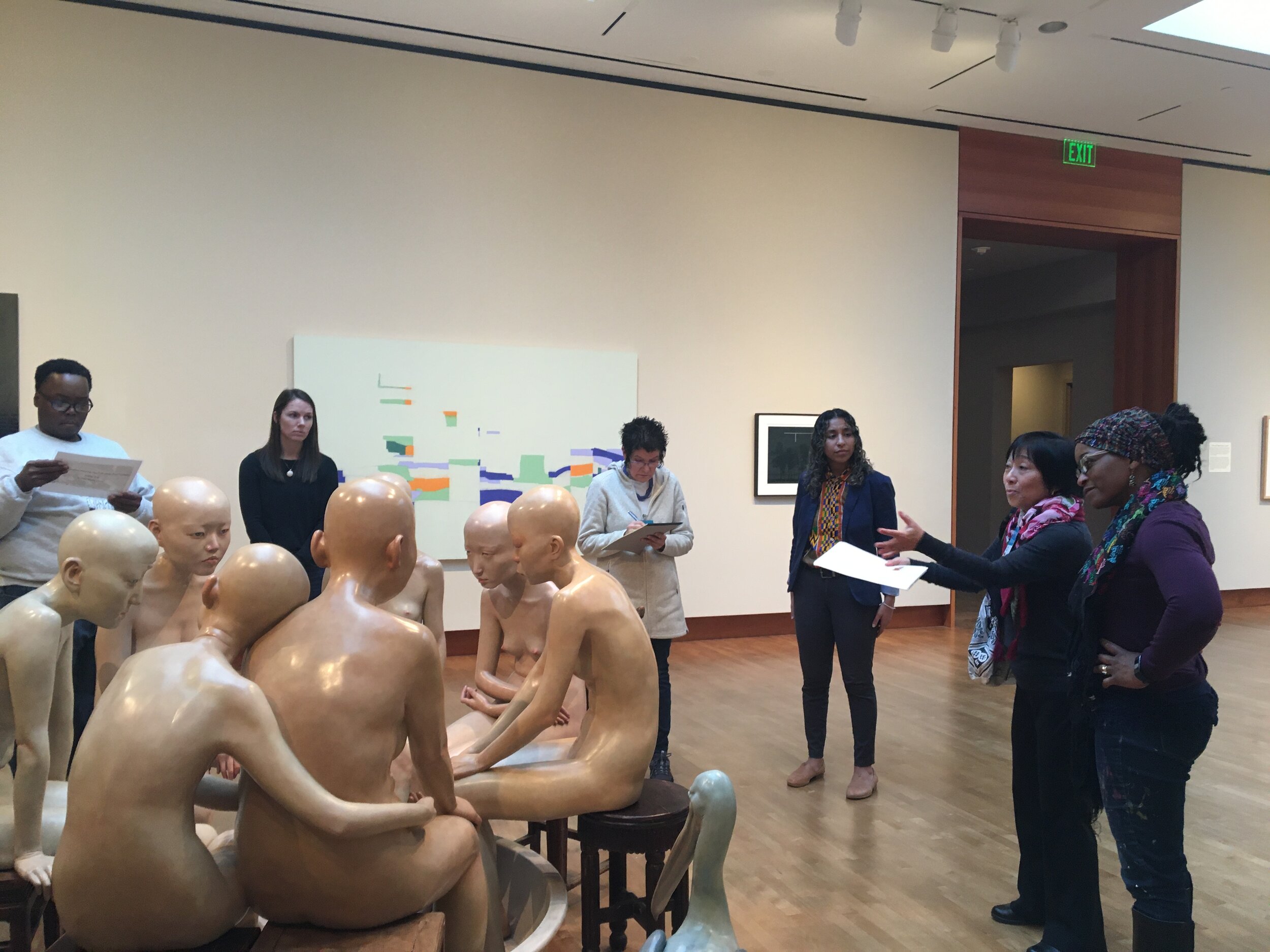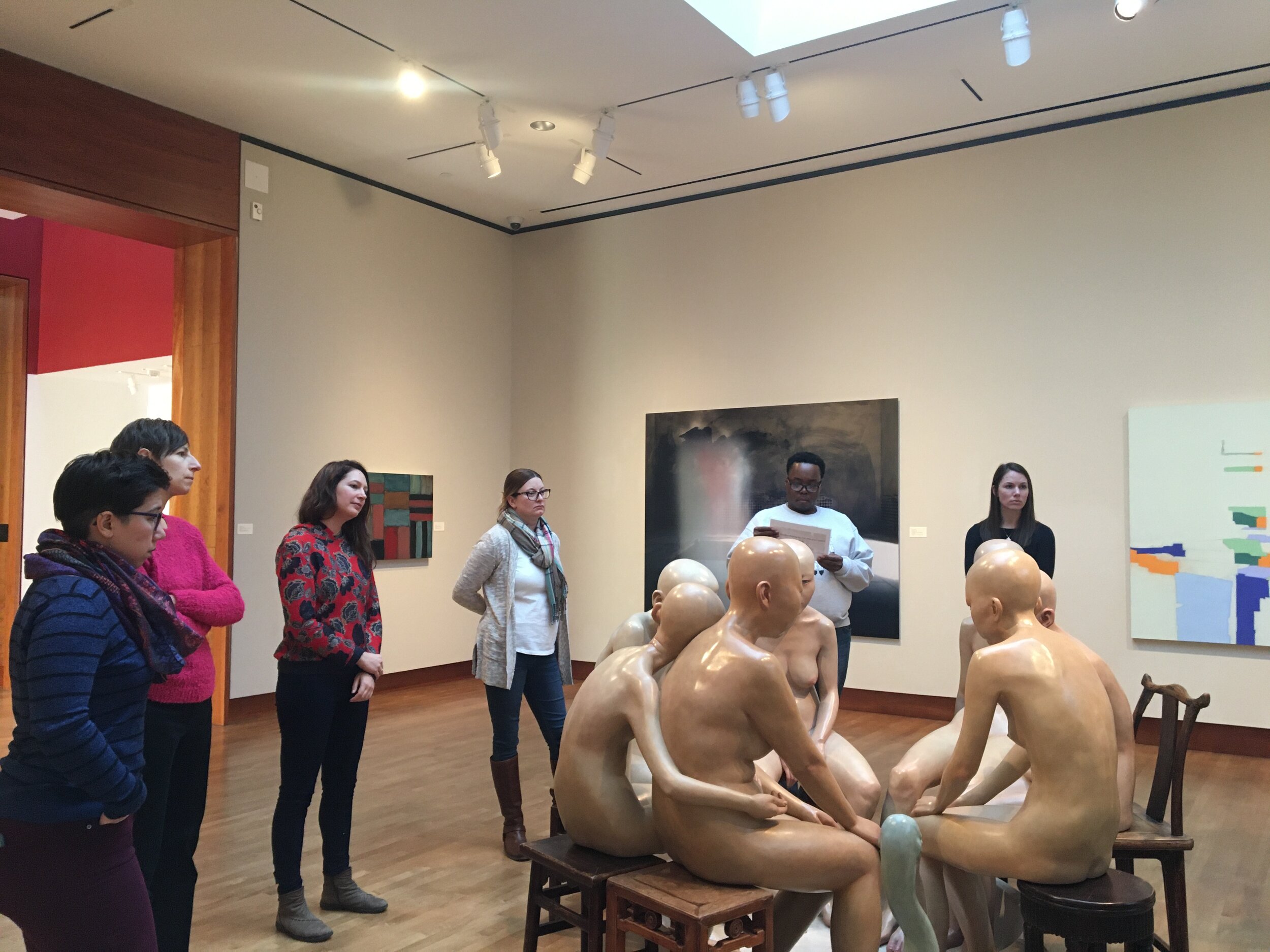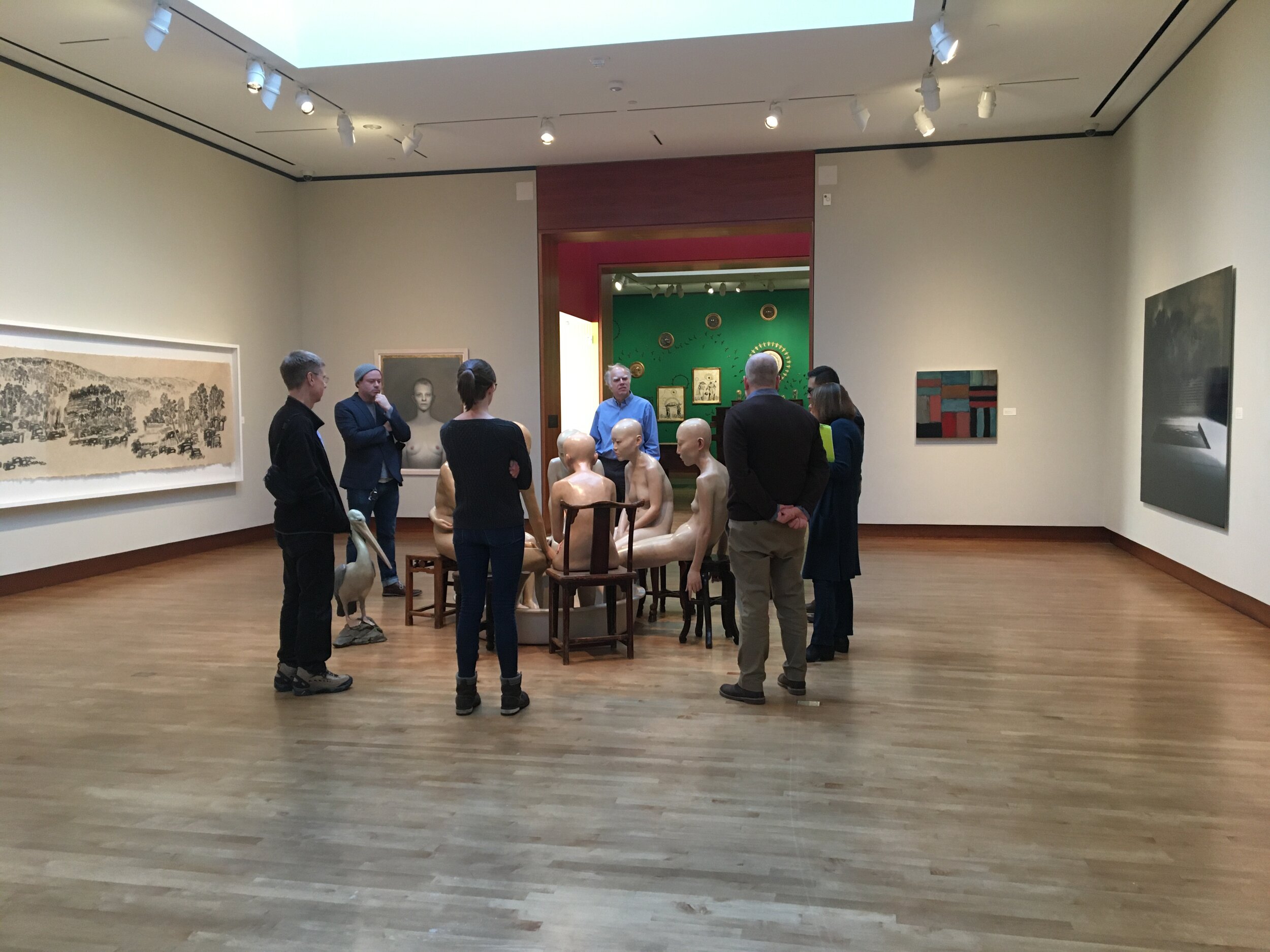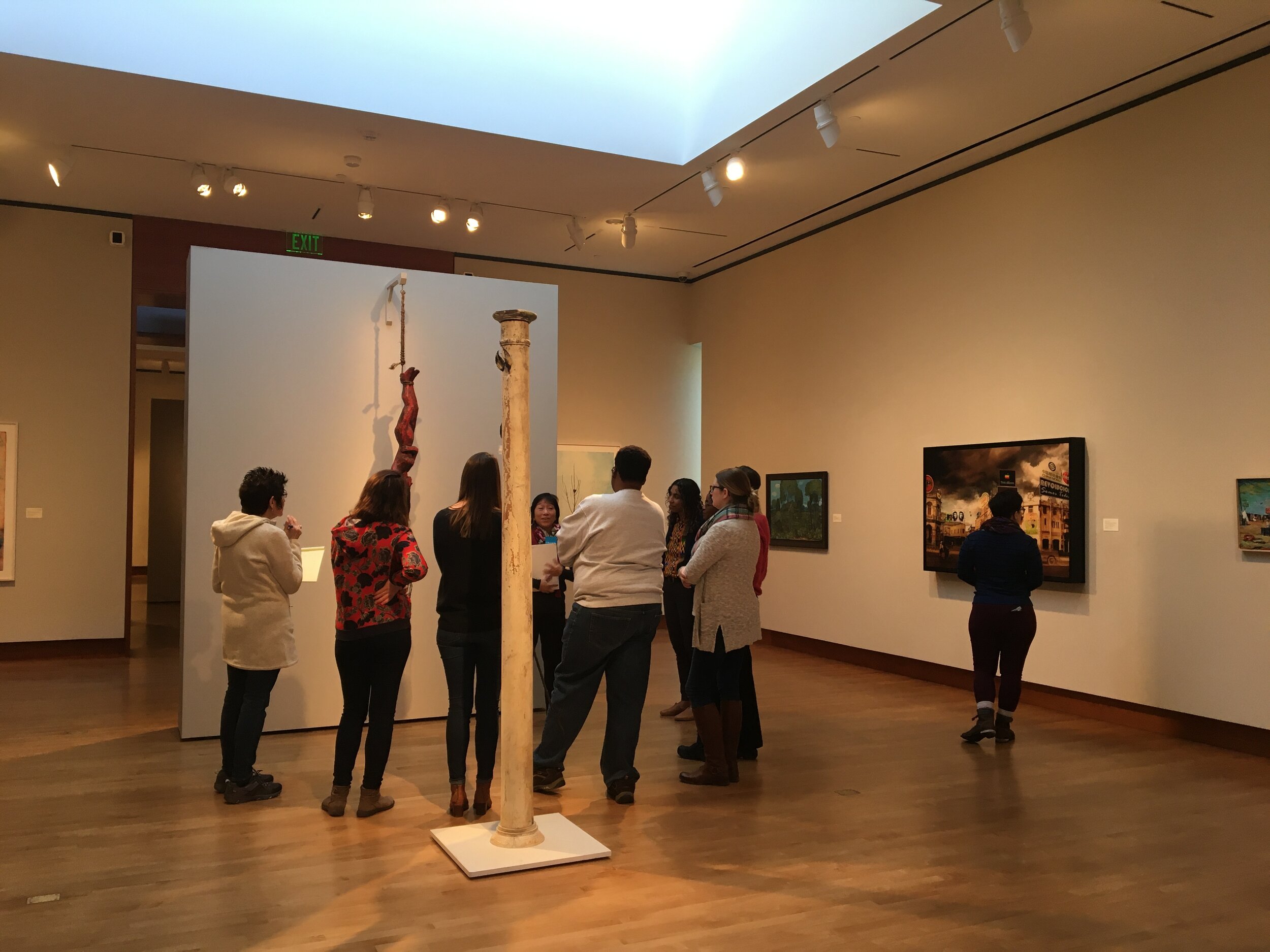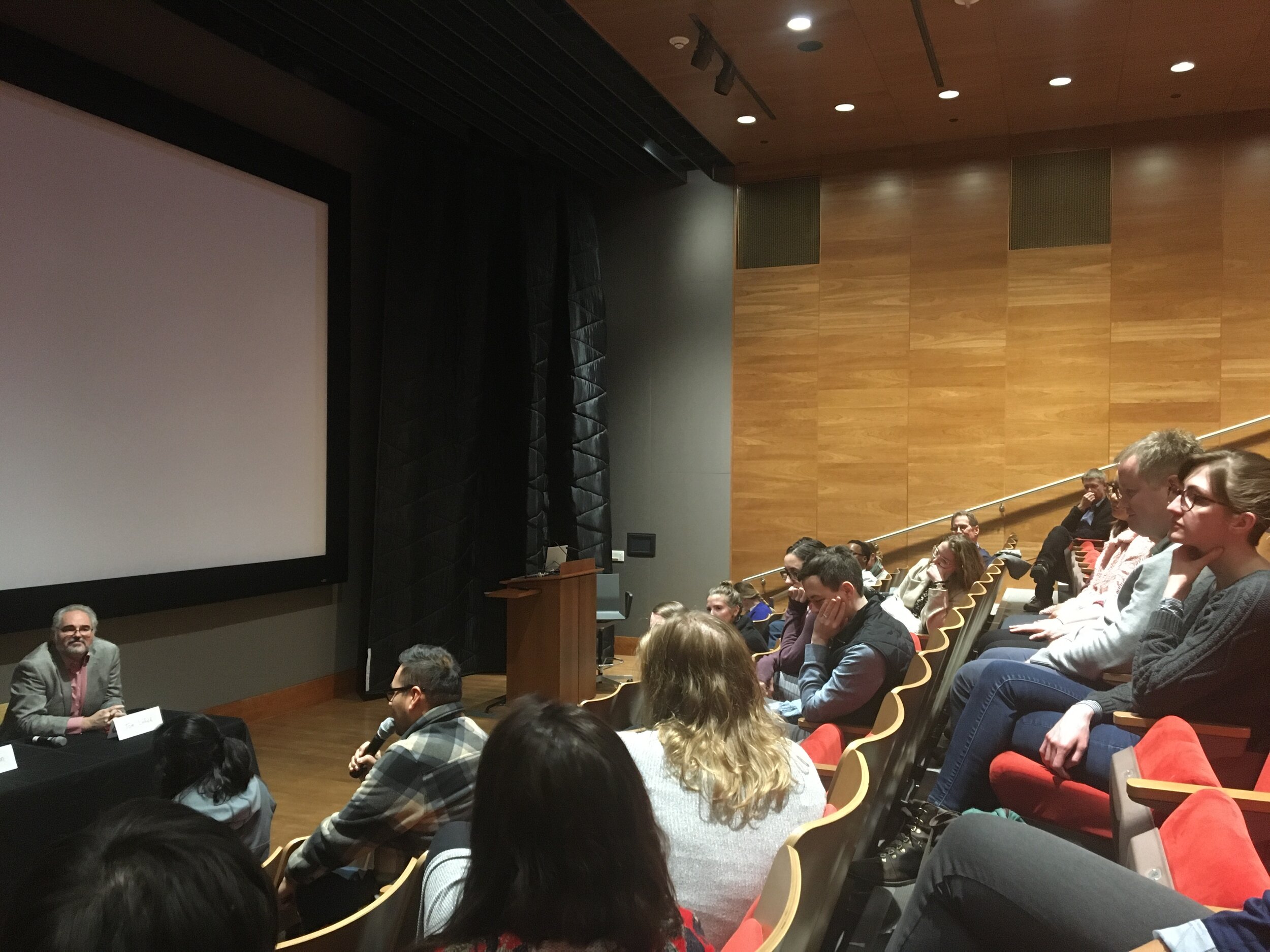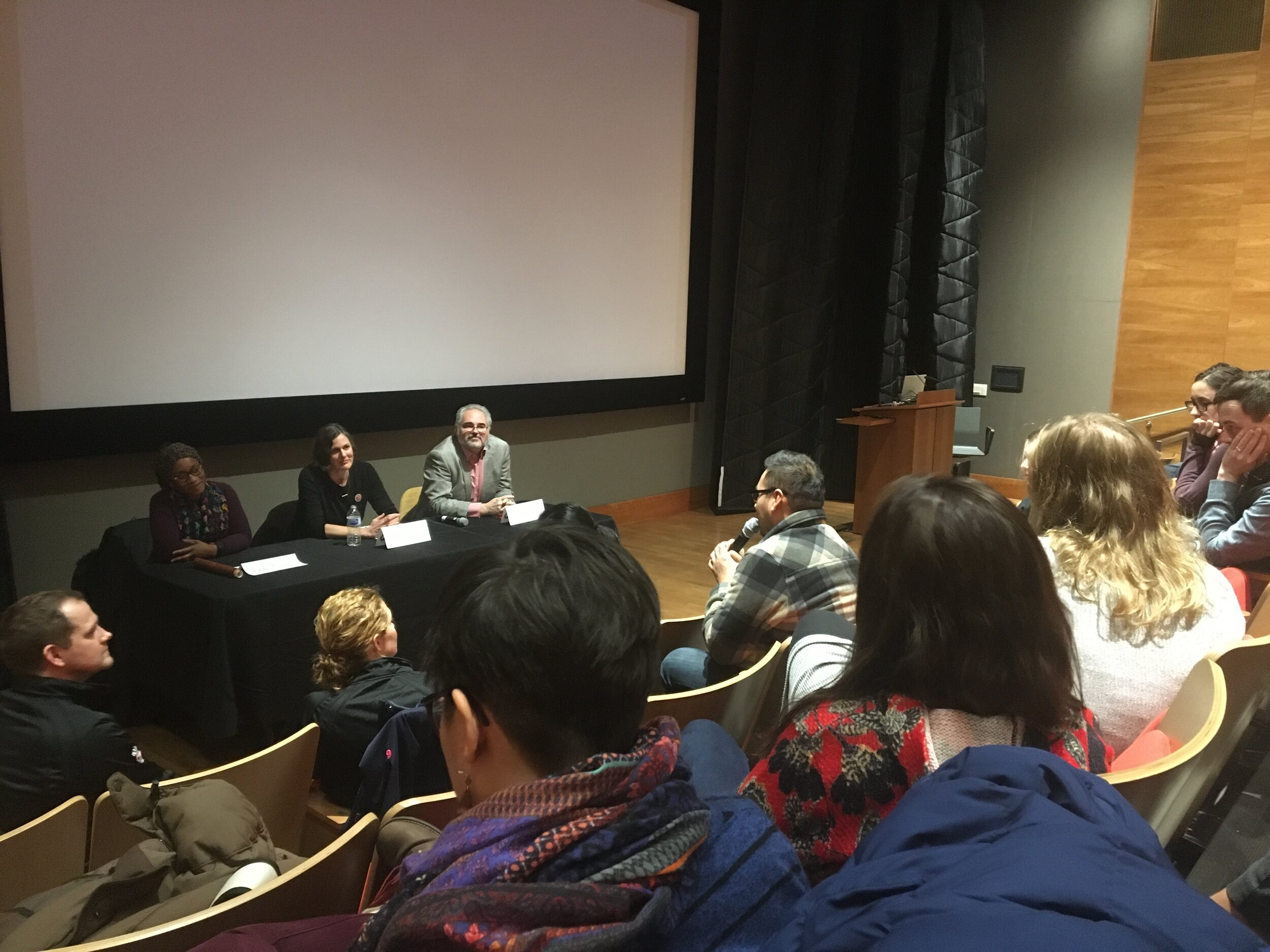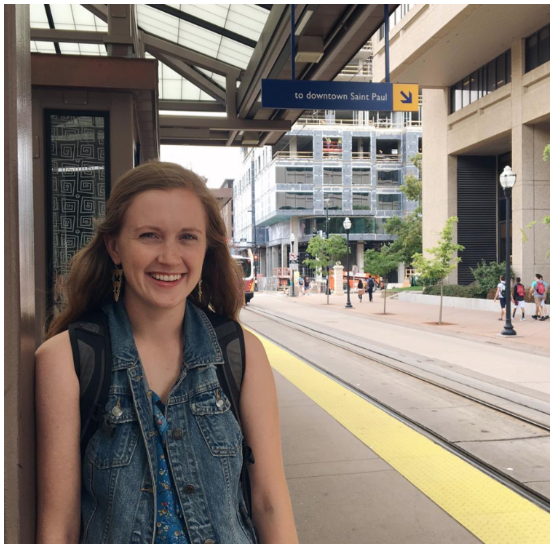A blog post written by Angela Han, a 2021-2023 Fellow
After graduating with my MPH, I was excited to join the Fellowship and to move to downtown Madison with my two beloved cats, Tyrion Lannister and Arya Stark. Moving into my own apartment was a unique experience in itself – I live in an old building, and both my kitchen and bathroom give horror-movie vibes. It’s actually quite fitting for me.
In fact, I lived right on State Street next to a never-ending slew of restaurants with great food. I tried Poke Plus, empanadas, arepas, hibachi, Mediterranean Cafe, Ramen String, Estacion Inka, Taiwan Little Eats, Rising Sons Thai Restaurant, Taste of Sichuan, Chen’s Dumpling House, Parthenon Gyros, Short Stack Eatery, Raising Canes, Taco Bell, Shake Shack, all the food carts, and of course, my go-to place to eat – Chipotle, which is right across the street from where I live. I also enjoyed the many bubble tea shops surrounding me, including Kung Fu Tea, Sencha, and Le C’s, and I frequently ordered matcha and taro bubble tea with boba or lychee jellies.
I would take walks to the Capital, which is often alive with the farmers market over the summer. I also enjoyed frequenting Lake Mendota and the terrace, filled with colorful chairs and bustling people. The view is breathtaking, as a red and orange sunset illuminates a glimmering deep blue lake. Sometimes the waters are quiet and peaceful, and sometimes they are turbulent and rough. They are always scenic and beautiful. I love slowly inching toward the ducks, as I greatly enjoy their company. One of my fondest memories is walking across the ice-covered lake. It was a long, cold Winter. In fact, it was so cold that the lake froze over, and many people walked across the lake, unencumbered by any worry of falling through. People even flew kites on the ice, and some of the air balloons were of my favorite animal – cats.
I also explored the Chazen museum on campus, and the fourth floor is the most provocative, and therefore, obviously my favorite. But you’ll have to check it out for yourself to see what I mean, as some of it is too explicit to simply blog about. I also listened to wind ensembles at Hamel Music Center, and the music is powerful, moving, and melodious. But my favorite place to frequent downtown Madison is Comedy on State. I found new joy in stand up comedy. Each Wednesday night, I went to Comedy on State to watch the competition for “Madison’s Funniest Comic.” I went to each of the rounds, and I voted for who I thought should move on to the next round. This summer, both Amy Schumer and Taylor Tomlinson are coming to downtown Madison, and so I am excited for all the laughs yet to come. When I flew out to Kansas City, Missouri for the National Health Outreach Conference, I even bumped into one of the comics at the airport, and sat next to him on the plane! He let me read his notebook full of handwritten jokes, and I thought it was such a magical, neat item to carry around in your pocket to store all your inner genius.
Speaking of the National Health Outreach Conference, I have not only had fun here in Madison, but I have also grown professionally. In May 2022, at the National Health Outreach Conference located in Kansas City, Missouri, I was able to present on the “COVID-19 Vaccination Facebook Ad Message Campaign in Rural Wisconsin,” which was a major project I worked on in Year 1 of my Fellowship. Within this project, we conducted a Facebook Digital Ad Campaign to inform our audience and guide decision making in getting vaccinated for COVID-19. Our target audience was NorthWest rural Wisconsin, and our goal was to increase COVID-19 vaccine uptake in rural Wisconsin by providing health information to guide Facebook users' decision making through paid, targeted ads.
From this project, I learned how to deliver messaging in plain language, strategically target information to specific target audiences, and keep up to date on the changing landscape of COVID-19 as an informed, reliable source of information. I learned how to intentionally develop messaging frames based on research. Additionally, I gained tangible skills, including how to run Facebook ads through Facebook Business Manager. It was also interesting for me to explore and work with all the data and metrics Facebook collects, and to then work with my colleagues to interpret this data. As Year 2 of the Fellowship rolls around, I am excited to work on a paper for publication surrounding this project.
My trip to Kansas City was financed through the Fellowship’s professional development funds, which is a cool perk of the Fellowship! During the trip, I enjoyed eating Kansas City BBQ and meeting new people. I was even able to play some art mini golf with my coworkers, as seen in this picture! Unfortunately, I came in last place despite having tied up my hair as soon as the game began. Just because you are competitive about something does not mean you are skilled at it.









